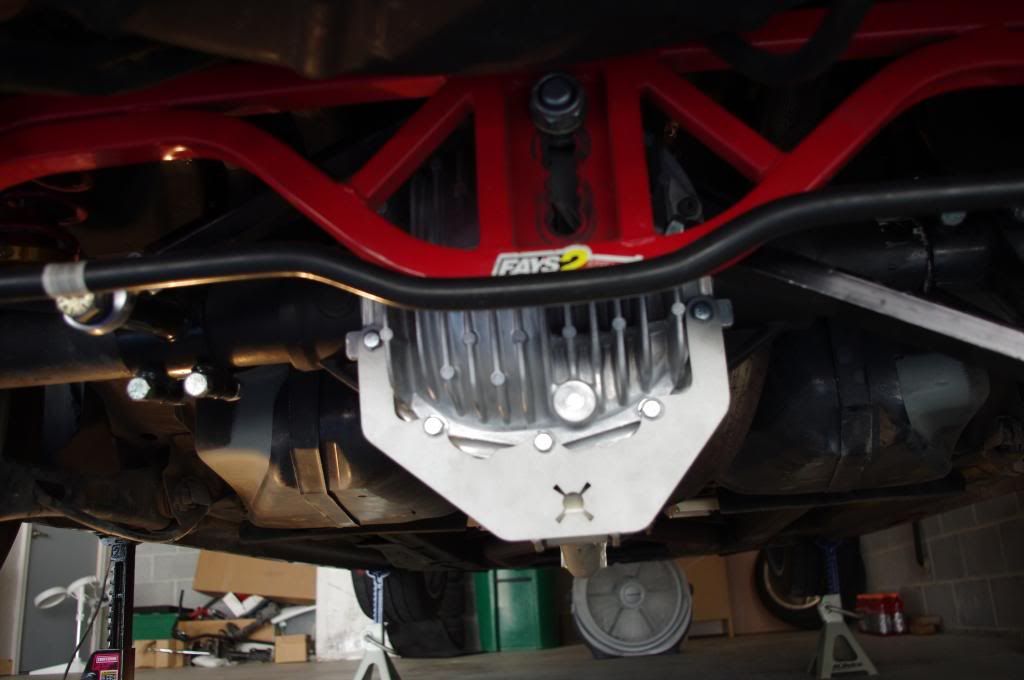Grimace427
Well-Known Member
Very cool info, thanks.Yes, no, and maybe.
IRS cars have a much easier to tune roll center height which can create more geometric anti-roll (for lack of a better phrase) whereas it is a little more difficult to tune that with a live axle. On the S197 the PHB's center point defined the majority of the rear roll center and it was reasonably high from the factory but it didn't leave much in the way of adjustment or tweaking. A factory IRS wont have much adjustment for roll center height either but the methods of changing it are much less complex and generally cheaper. The price of ball joints or offset bushings as compared to a watts link or custom PHB mounting configuration drives that point home quite well.
Live axles generally have much, much, much lower spring rates than IRS cars and this has to do with the additive nature of the spring rates in 2 wheel bump. It doesn't take much spring rate on a live axle car to drastically change how the car behaves and that goes back to the additive nature in 2 wheel bump and how that impacts body roll during cornering. Since an IRS is independent (mostly anyway) they will run more spring rate to compensate for the loss of roll resistance, or higher rear roll center or any combo of those. For instance, the Boss 302R or 302S race cars shipped out with 600lbs/in front spring rates and 300 lbs/in rear spring rates on coilovers front and rear. In contrast, my buddy's Evo IX SE's Ohlin Coilovers came with 500/400 spring rates. He runs 700/600 now so way more rear spring rate than any live axle car should have. Part of that is the motion ratio difference but his wheel rates were higher in the rear than the Boss 302R and 302S Race Cars in a factory street car.
The ride thing with an IRS comes from unsprung weight and it's effect on the chassis. In a live axle, all 250-300lbs moves upwards which requires a really well valved damper to reduce the upward jolts in the chassis. You'll notice in the 2013 GT500 reviews the reviewers complained about the vertical chassis movement over bumps... it's hard to defeat physics and momentum and the effects can only be mitigated, not removed. By contrast, the unsprung weight of an IRS unit is something like 10x less and thus there is less momentum carried through the springs to the chassis. That results in better ride quality. Damping wise, a live axle car tends to have more rear compression damping which is necessary to control the 250-300lbs of rear axle where an IRS will have far far less and need far far less.
When we talk about lowering the S197 and the affects on geometry, we talk about other necessary mods to correct pinion angle, bump steer, LCA angles, so on. Now that an IRS is out back and double front lower control arms, what things will people need to consider when lowering or otherwise modifying the suspension? I expect similar changes in the front regarding bump steer, don't know how to change the ball joint angles compared to the single front LCA. Out back bump steer will need to be considered with the toe link, but simply getting extended ball joints won't work with the IRS rear lower control arm.
Sponsored



